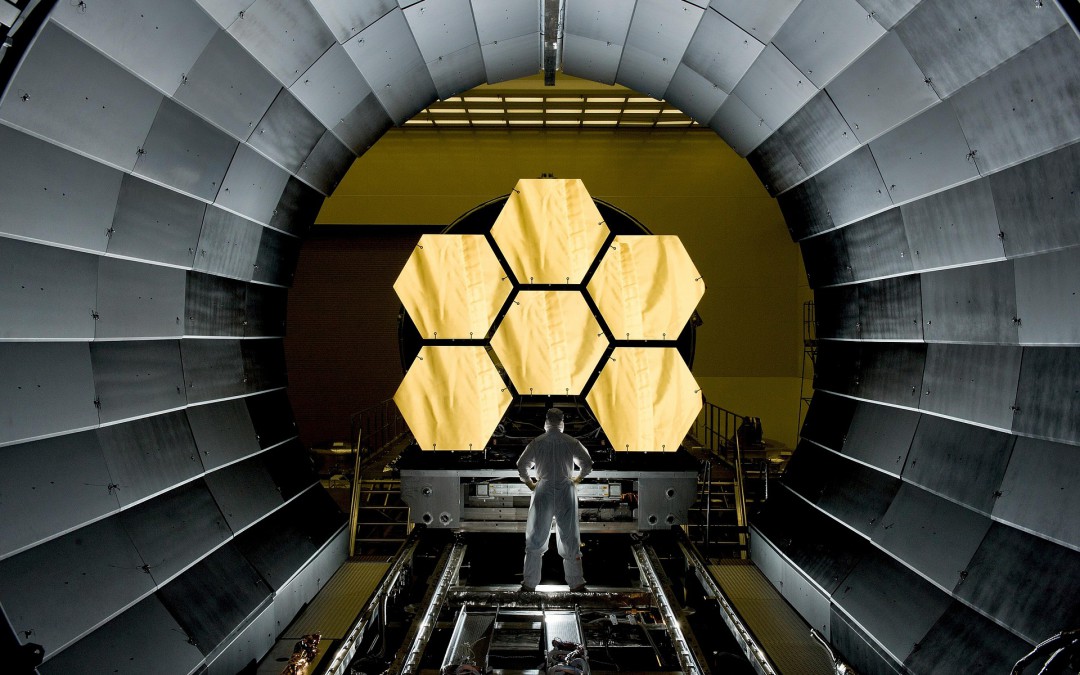1. Graphene Powers World’s Thinnest Light Bulb
At only one atomic layer thick, graphene reached a new milestone last spring when it was successfully used to create the world’s thinnest light bulb. When electric current runs through the filament, it heats up enough to emit light. Because graphene is a poor conductor of heat, it’s able to emit light without damaging the surrounding microchip—something that scientists were never able to crack with other materials. Thanks to this breakthrough, we can expect to see brighter, cheaper, more energy efficient light bulbs on the market soon.
2. Graphene Gets Cheap & Easy to Produce
Before 2015, graphene’s only drawback was that it was time consuming and expensive to produce. Fortunately scientists at the University of Glasgow just cut production costs by 100x, thanks to utilizing cheap copper foil that typically powers lithium-ion batteries. This breakthrough will make graphene commercially available for all sorts of applications in the near future.
3. Graphene Brings 3D Holograms to Life
Previously the stuff of sci-fi movies, 3D holograms are now possible to view with the naked eye, thanks to graphene. Scientists at the Swineburne University of Technology have discovered a way to apply graphene oxide to touch screen surfaces like phones and watches, such that they emit 3D holograms in space. This may seem like magic, but it’s all about tweaking the refractive index of graphene oxide, such that light bends to produce a “screen” secondary to your eyes. In the next few years we can expect these holograms to scale up in size and reach practical applications.
4. Graphene Enhanced Spider Webs
While this may sound like a plot from a Spiderman movie, researchers have successfully transmitted graphene onto spiders, who spun a web incorporating the nanomaterial. The result? Webs with silk 3.5 times stronger than the spiders’ natural silk—which is already among the strongest natural materials in the world. This discovery could lead to the creation of incredibly strong bionic materials that could revolutionize building and construction methods.
5. Graphene Mimics Origami for Smart Design Applications
Origami is an ancient paper folding technique with smart applications for today’s cutting edge technology. Researchers at the Donghua University in Shanghai have recently applied origami’s principles to graphene, creating a shape shifting material that could lead to huge breakthroughs in fields such as robotics, tissue engineering, and prosthetics.
6. Graphene Could Power Battery-Free Electric Cars
Combining two layers of graphene with one layer of electrolyte could be the key to getting us in battery-free electric cars within the next five years. By replacing the cumbersome and costly car battery with a graphene powered supercapacitor, scientists may have hit on the answer to the stunted growth of electric cars. Supercapacitors could lead to faster vehicle acceleration and speedy charging. Combined with the fact that they’re also smaller, lighter, and stronger than today’s electric batteries batteries, it’s clear that graphene will reshape the auto industry in coming years.
7. Graphene Will Revolutionize Electronic Manufacturing
The recent application of graphene based inks will fuel breakthroughs in high-speed manufacturing of printed electronics. Graphene’s optical transparency and electrical conductivity make it much more appealing than traditional ink components. Thanks to its flexibility, future electronics might be able to be printed in unexpected shapes.
8. Graphene-Based LED for Flexible Tech Displays
The next generation of smartphones, tablets and watches will be stronger, thinner and more flexible thanks to graphene. Researchers in England have developed prototypes of flexible tech displays made with graphene, which could lead to the ultimate goal for wearable tech: a fully folding display screen.
9. Graphene Keeps Electronics from Overheating
Heat dissipation has always been a roadblock to tech design. Not so anymore, thanks to graphene’s newly discovered ability to evenly distribute heat across electronics’ surfaces when constructed in a 3D Hexagonal boron nitride structure. This could mean not only a solution for overheated smartphones and tablets, but also a potential solution for engineers to apply to cooling mechanisms like nanofluids.
10. Graphene + Lithium = Superconductor
Doping graphene with lithium changes the behavior of electrons passing through it and turns the material into a superconductor. This has enormous potential, as a superconductor can produce a constant and continuous circuit of energy that won’t dissipate or degrade over time. A processor with superconducting graphene would pack transistors far more tightly than silicone. It would also produce a very small amount of heat in the process, which would allow for greater size and density.

